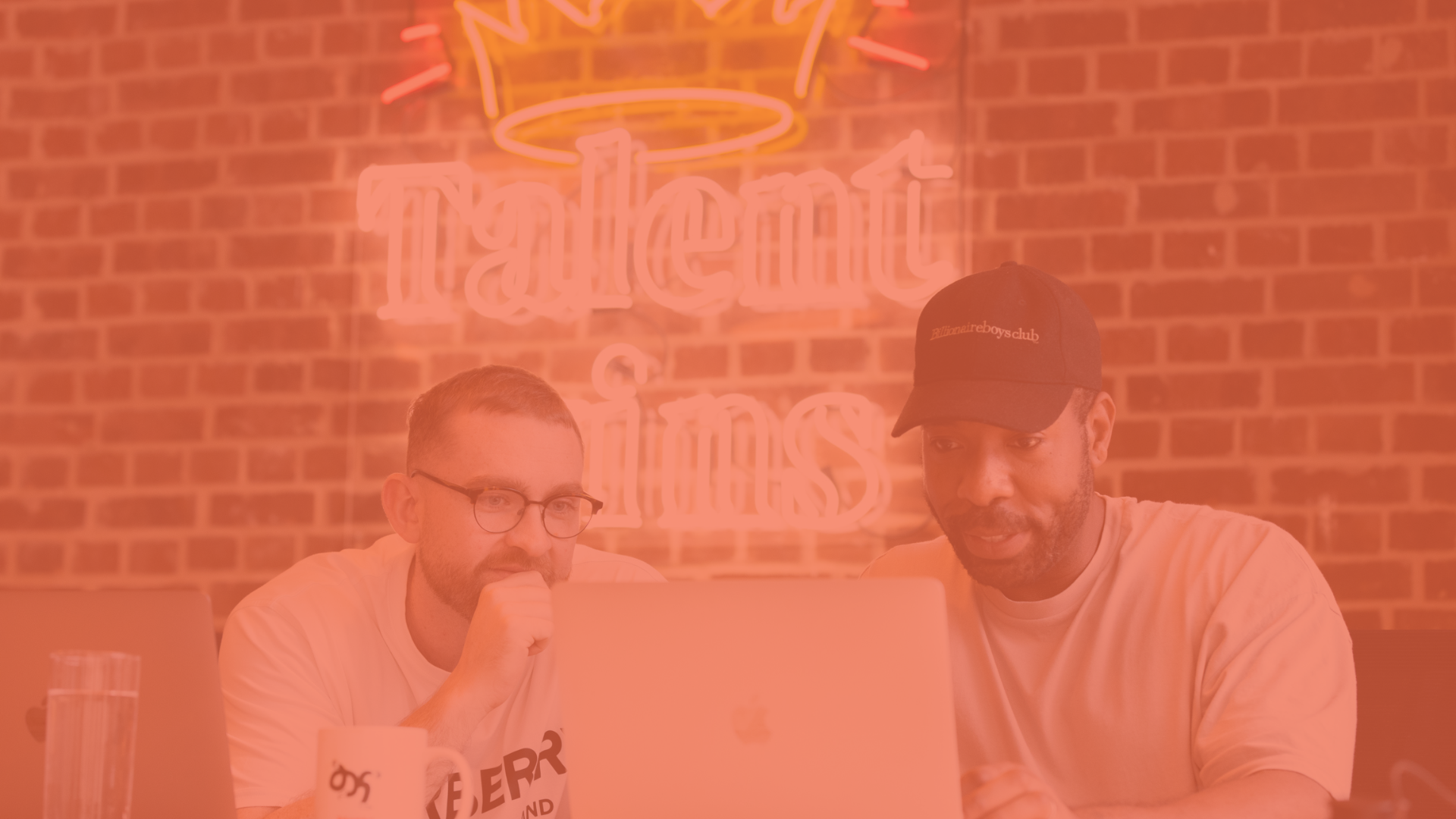Employees who say their company
provides equal opportunities are nearly four times (3.8X) more likely to say they are proud to work for their company (Salesforce, 2020).
70% of job seekers say a company’s commitment to diversity, equity and inclusion is important when evaluating a potential employer (The Manifest, 2020).
51% of employers believe diversity
helps introduce staff with unique
skills into the workforce (Robert Walters, 2017).

Building A Diverse Workforce
Building a more diverse workforce leads to a variety of benefits that can positively impact delivery and, in turn, have a tangible impact on the bottom line. Making the first steps as a company to reach this point can be challenging but, more importantly, extremely rewarding.
To give you some guidance on how and why your company should make these changes, Evie-Rose Deighan, Client Lead, San Francisco, shares her top-level hiring techniques on finding, attracting, and retaining diverse candidates.
In her four+ years with Talentful, Evie has supported multiple businesses with talent acquisition, strategy and developing their recruitment functions to hire top quality talent. Her experience ranges from early-stage tech startups such as Attest and Gram Games to larger tech enterprises such as DeepMind and more recently, X, the moonshot factory. Throughout most of her projects, Evie has built diverse teams and embedded sustainable diversity and inclusion practices into talent acquisition strategies.
Drawing on her own experiences building diverse teams, Evie sheds light on how to make your hiring as accessible and inclusive as possible.




